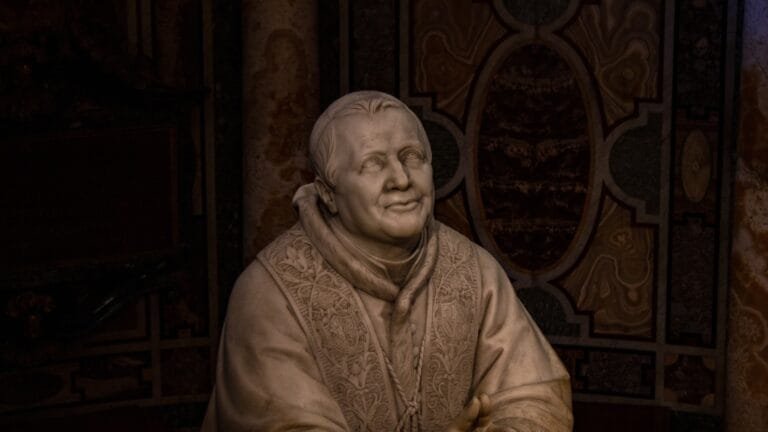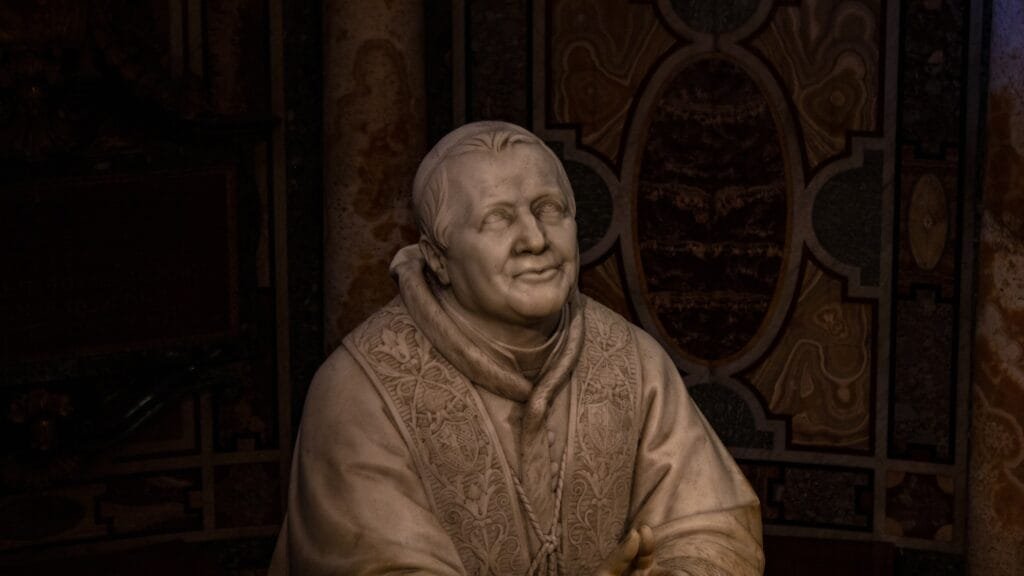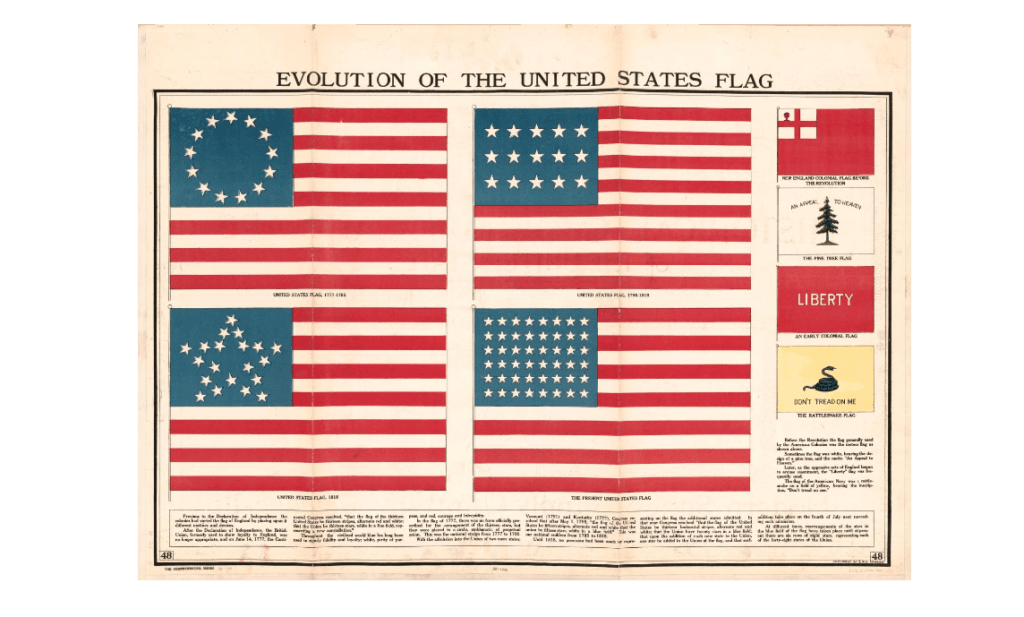Introduction
Ireland, a land rich in history and culture, has faced numerous challenges throughout its existence. One of the most significant periods in Irish history is the time when it was under British rule. This blog post will delve into the early history of Ireland, the length of British rule until partition, the political and religious factors that influenced the lack of trust between Ireland and the United Kingdom, the possibility of civil war, the violence experienced from the 1960s until 1998, and the future prospects for both nations.
The Early History of Ireland
Ireland’s history dates back thousands of years, with evidence of human habitation dating as far back as 10,000 BC. The island has seen the rise and fall of numerous kingdoms and empires, including the Celts, Vikings, and Normans.
However, it wasn’t until the 12th century that English influence began to take hold in Ireland. English kings asserted their authority over the island, leading to the colonization and gradual Anglicization of the Irish people.
The Length of British Rule until Partition
The British rule in Ireland lasted for centuries, with the island effectively becoming a colony. It wasn’t until the early 20th century that the desire for Irish independence gained momentum.
In 1921, the British government and Irish leaders signed the Anglo-Irish Treaty, which led to the partition of Ireland into Northern Ireland (which remained part of the United Kingdom) and the Irish Free State (which eventually became the Republic of Ireland).
Political and Religious Factors
The lack of trust between Ireland and the United Kingdom can be attributed to both political and religious factors. The imposition of English rule, the suppression of Irish culture and language, and the discrimination against Catholics created deep divisions between the two nations.
Religion played a significant role in the conflict, with Protestants in Northern Ireland aligning themselves with the United Kingdom and Catholics in Ireland seeking independence.
Possibility of Civil War
The partition of Ireland and the creation of Northern Ireland sparked tensions and raised the possibility of civil war. The Irish Republican Army (IRA), a paramilitary organization seeking a united Ireland, engaged in armed conflict with British forces and loyalist paramilitary groups in Northern Ireland.
The Troubles, as the period from the late 1960s to 1998 is commonly known, witnessed widespread violence, bombings, and political turmoil.
The Violence in the 60s up to 1998
The violence during the Troubles resulted in the loss of thousands of lives and left lasting scars on both Ireland and the United Kingdom. Acts of terrorism, reprisals, and sectarian violence were prevalent during this period.
Efforts to find a peaceful resolution to the conflict were undertaken, culminating in the signing of the Good Friday Agreement in 1998. This agreement paved the way for power-sharing between Unionists and Nationalists in Northern Ireland and led to a significant reduction in violence.
Future Prospects for Both Nations
The future prospects for both Ireland and the United Kingdom are intertwined. With the United Kingdom’s decision to leave the European Union, questions surrounding the border between Northern Ireland and the Republic of Ireland have resurfaced.
The potential impact of Brexit on the peace process and the relationship between Ireland and the United Kingdom remains uncertain. However, there is hope that the progress made through the peace process will endure and that both nations can continue to build a prosperous future together.













